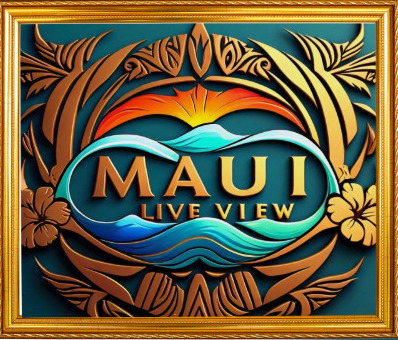Kahului, Maui Webcams
Kahului Harbor Cam
Waiehu Beach Cam (North of Kahului)
Kahului, Maui: From Plantation Town to Commercial Hub
Introduction: The Gateway to Maui
Kahului, Maui Webcams. Nestled on the northern coast of Maui, Kahului serves as the island’s principal commercial center and transportation hub. From its humble beginnings as a sugar plantation town to its modern-day role as a bustling urban center, Kahului has played a pivotal role in shaping the economic, cultural, and social landscape of Maui.
Early Settlement and Plantation Era
The history of Kahului dates back to the 19th century when the area was primarily used for fishing and agriculture by Native Hawaiians. In the late 1800s, the Hawaiian Commercial & Sugar Company (HC&S) established a sugar plantation in the region, laying the foundation for the town’s growth and development.
With the arrival of immigrant laborers from China, Japan, Portugal, and the Philippines, Kahului quickly became a melting pot of cultures, languages, and traditions. Plantation workers toiled in the fields, harvesting sugar cane under the sweltering sun, while plantation managers oversaw operations from their offices in town.
Boom Years: Sugar Industry Dominance
Throughout the late 19th and early 20th centuries, the sugar industry thrived in Kahului, driving economic growth and prosperity on Maui. Sugar plantations expanded their operations, clearing vast tracts of land for cultivation and investing in infrastructure such as irrigation systems, railroads, and processing mills.
The town of Kahului grew alongside the sugar industry, with shops, businesses, and residential neighborhoods springing up to support the needs of plantation workers and their families. The construction of a deep-water harbor in Kahului facilitated the export of sugar to markets around the world, further fueling the town’s economic success.
Decline of Sugar and Diversification
By the mid-20th century, changes in global markets and shifts in agricultural practices began to take their toll on Kahului’s sugar industry. Rising production costs, competition from foreign growers, and declining sugar prices led to the closure of many plantations and the consolidation of operations by larger companies.
In response to the decline of sugar, Kahului sought to diversify its economy and attract new industries to the area. The development of tourism, retail, and transportation sectors helped to offset the loss of sugar revenue and create new job opportunities for residents. Kahului’s strategic location and access to transportation networks made it an ideal location for businesses looking to serve Maui’s growing population and tourist market.
Modernization and Urbanization
In the latter half of the 20th century, Kahului underwent a period of modernization and urbanization as the town adapted to the changing needs and demands of its residents and visitors. Shopping centers, office buildings, and hotels replaced old plantation facilities, transforming the town’s skyline and commercial landscape.
The completion of the Kahului Airport in 1952 further enhanced the town’s status as a transportation hub, providing vital air access to Maui for tourists and residents alike. The airport’s expansion in the decades that followed facilitated the growth of tourism and commerce on the island, fueling Kahului’s economic prosperity and development.
Cultural Diversity and Community Spirit
Throughout its history, Kahului has been characterized by its rich cultural diversity and strong sense of community spirit. Immigrant families from Asia, Europe, and the Pacific Islands brought with them their traditions, customs, and culinary delights, enriching the fabric of Kahului’s social and cultural life.
Community events, festivals, and celebrations showcase the diversity of Kahului’s population, with residents coming together to honor their heritage and celebrate shared values. The annual Maui County Fair, held in Kahului since 1916, is a beloved tradition that brings people from all walks of life together for food, entertainment, and camaraderie.
Environmental Conservation and Sustainability
In recent years, Kahului has made strides in promoting environmental conservation and sustainability initiatives to protect Maui’s natural resources and preserve its unique ecosystem. Efforts to restore wetlands, protect native habitats, and reduce carbon emissions have helped to mitigate the impact of development on the island’s fragile environment.
Community organizations, government agencies, and businesses collaborate on projects to promote recycling, energy efficiency, and renewable energy sources, demonstrating Kahului’s commitment to preserving the beauty and integrity of Maui for future generations to enjoy.
Conclusion: A Town of Resilience and Renewal
Kahului’s history is a testament to the resilience and resourcefulness of its residents, who have overcome challenges and embraced opportunities to create a vibrant and dynamic community on Maui’s northern coast. From its humble beginnings as a sugar plantation town to its modern-day role as a bustling commercial center, Kahului continues to evolve and adapt to meet the needs of its diverse population and changing economic landscape.
As Kahului looks to the future, it remains committed to preserving its cultural heritage, protecting its natural environment, and fostering sustainable growth and development. With its rich history, cultural diversity, and spirit of innovation, Kahului is poised to thrive as a vital hub of commerce, culture, and community on the island of Maui for generations to come.
For more information, visit the official Kahului website.
